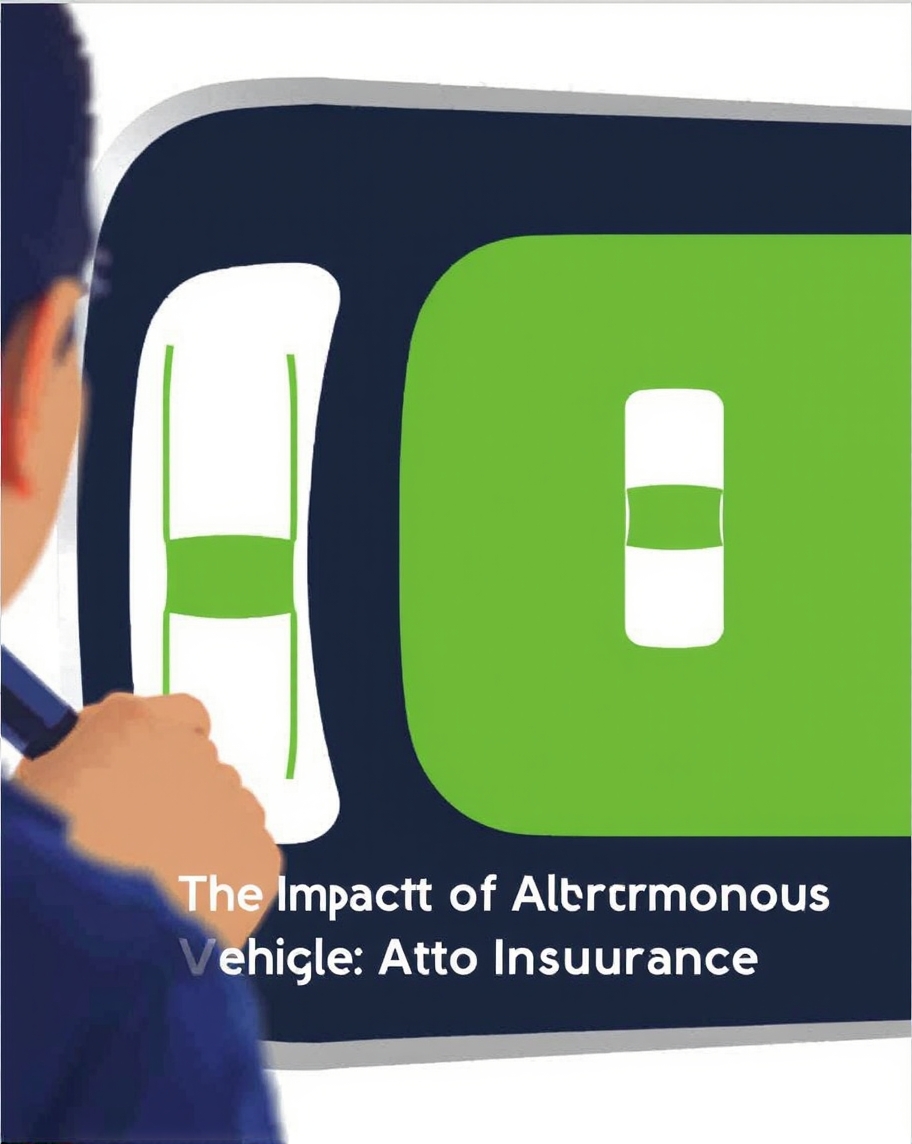Autonomous vehicles (AVs) are set to bring significant changes to the auto insurance industry. Here’s a rundown of some potential impacts:
- Reduced Accident Rates: AVs are designed to reduce accidents caused by human error, which could lead to fewer claims and lower premiums. Insurers might need to adjust their risk models to account for the decreased likelihood of collisions.
- Liability Shifts: As AVs take on more responsibility for driving, liability might shift from drivers to manufacturers or software developers. This could lead to changes in how insurance policies are structured, with a focus on product liability and cybersecurity.
- New Coverage Models: Insurance products may evolve to cover unique risks associated with AVs, such as software malfunctions or hacking. There might also be new types of coverage for shared AV services and fleet management.
- Data Usage: AVs generate a lot of data, which could be used by insurers to assess risk more precisely and tailor premiums. This data might also help in accident investigations and fraud detection.
- Regulatory Changes: The regulatory landscape for both AVs and insurance will likely evolve, which could influence how insurance policies are written and enforced.
- Market Disruption: Traditional insurers may face competition from tech companies and startups offering new insurance models or leveraging AV data. This could lead to innovation and potentially lower costs for consumers.
The full impact will depend on how quickly AV technology advances, how it’s integrated into existing systems, and how regulatory and legal frameworks adapt.
1. Risk Assessment and Pricing
- Precision in Risk Assessment: With AVs reducing human error, insurers might use detailed driving data collected from these vehicles to refine risk models. This could lead to more accurate pricing based on the specific safety features and performance of each AV.
- Potential Premium Adjustments: Initially, premiums for AVs might be higher due to the cost of the technology and the uncertainty around its reliability. Over time, as AVs prove to be safer, premiums could decrease.
2. Claims and Liability
- Complexity in Liability Determination: Determining fault in accidents involving AVs could become more complex. If an AV is involved in a crash, liability might be split between the vehicle owner, the manufacturer, and the software provider, leading to a need for new liability frameworks.
- Product Liability Insurance: Manufacturers and developers might need extensive product liability insurance to cover potential flaws in the AV technology or software.
3. Insurance Product Innovation
- Coverage for Emerging Risks: New insurance products might be designed to address unique risks associated with AVs, such as system failures, software updates gone wrong, or cybersecurity breaches.
- Usage-Based Insurance: With AVs potentially changing driving patterns (e.g., more shared or autonomous driving), usage-based insurance models that charge based on actual use rather than traditional metrics might become more common.
4. Regulatory and Legal Implications
- Evolving Regulations: Governments may need to create new regulations to address the insurance implications of AVs, including how liability is assigned and how insurance requirements are structured.
- Legal Precedents: As AVs become more common, legal cases involving these vehicles will set precedents that could influence future insurance policies and regulations.
5. Market Dynamics
- Disruption by Tech Companies: Tech firms entering the insurance space could drive innovation and disrupt traditional insurance models. These companies might offer more flexible or data-driven insurance products tailored for AVs.
- Impact on Traditional Insurers: Established insurance companies might need to adapt quickly to keep pace with technological advancements and new entrants, potentially leading to mergers, acquisitions, or strategic shifts.
6. Consumer Behavior
- Changing Consumer Preferences: As AVs become more prevalent, consumer expectations regarding insurance might shift. People may prefer coverage that includes features like enhanced roadside assistance or cybersecurity protection.
- Fleet Insurance: With more AVs being used in shared mobility services (e.g., ride-hailing or car-sharing), fleet insurance models might become more important, requiring insurers to develop products specifically for these uses.
Overall, the impact of autonomous vehicles on auto insurance will be shaped by how quickly the technology is adopted, how insurers and regulators respond, and how the broader automotive ecosystem evolves.
